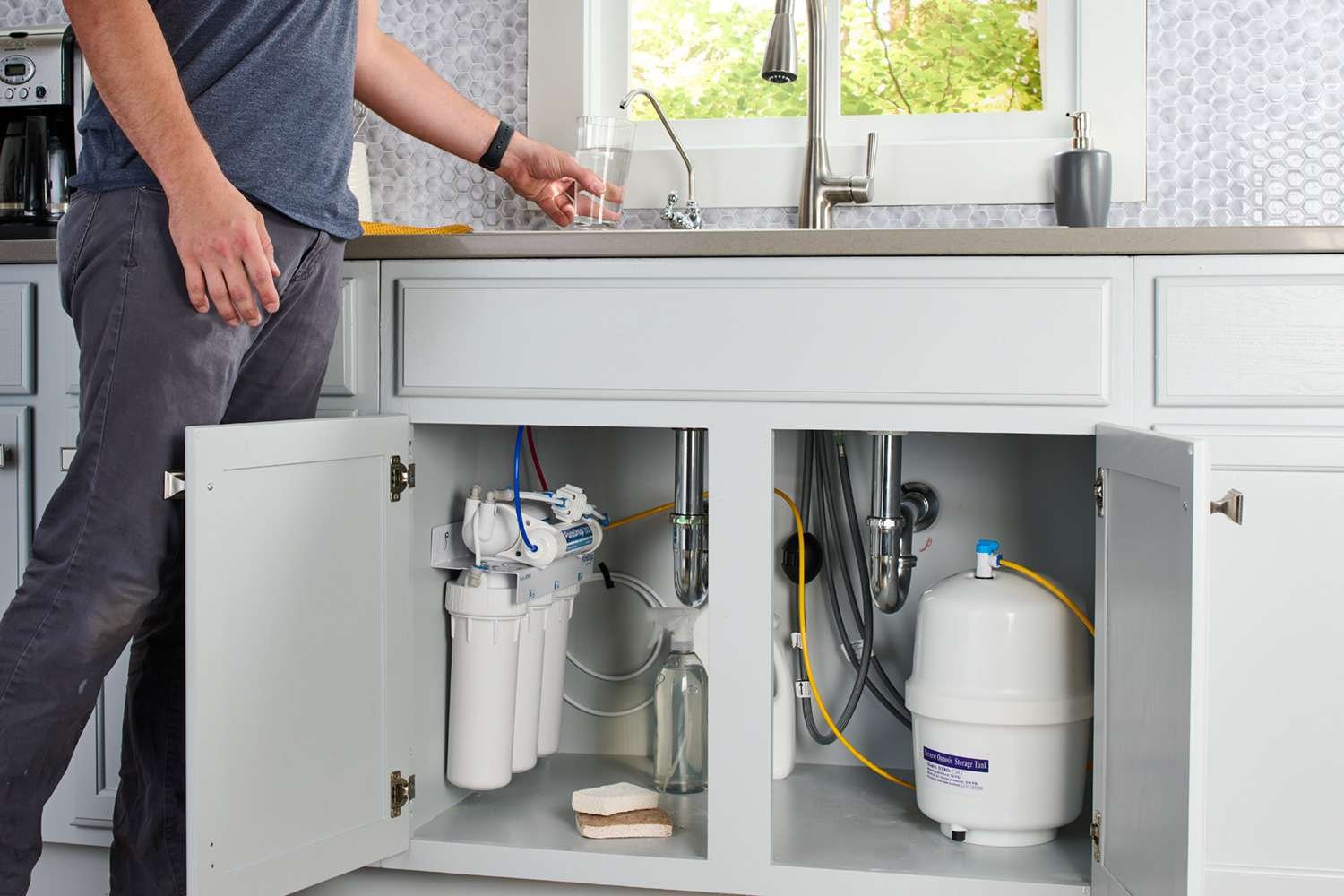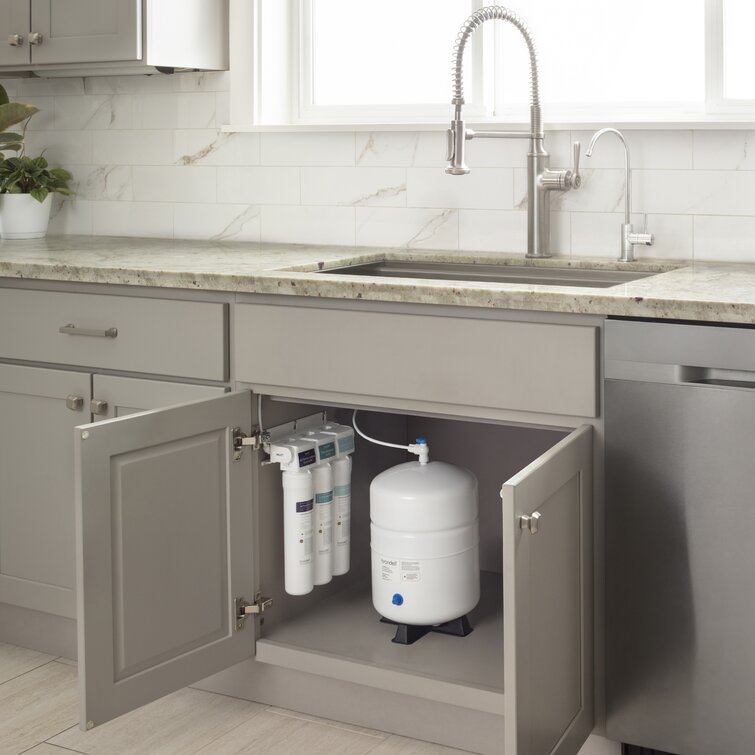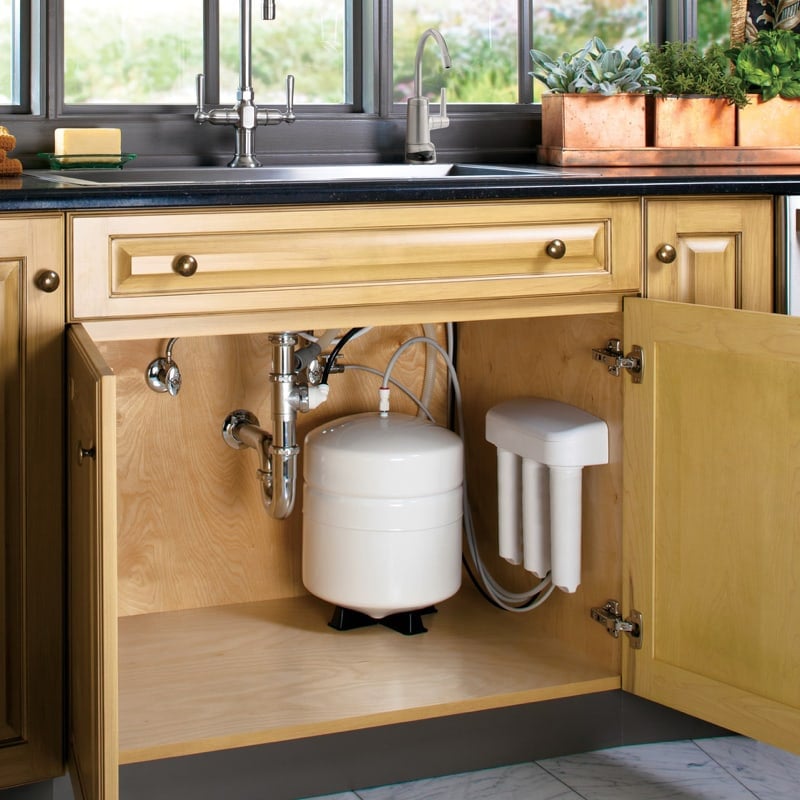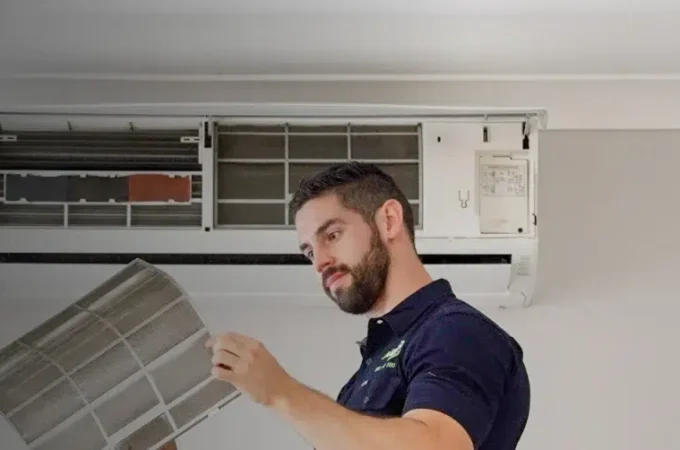
How Do Reverse Osmosis Systems Actually Work?
Do you ever wonder how the water from your tap comes out so clear and clean? Reverse osmosis systems are behind this magic. They are good at cleaning water because they use special membranes, pressure, and filtering steps. This is how they remove all the bad stuff from the water, giving you safe and tasty drinking water. But what’s the secret behind turning regular tap water into something so pure?
These systems do a great job because they push the water through a very thin membrane. This membrane catches all the dirt and harmful things in the water. The pressure is key here; it ensures the water goes through the membrane so the clean water can reach your glass. These processes work together to ensure we get clean water to drink.
After reading today’s article, click the following link to learn more about reverse osmosis systems.
Understanding Reverse Osmosis Systems

Have you ever wondered how reverse osmosis systems clean water? Let me explain. These systems are amazing at purifying water. They remove bad stuff using a method we call solvent removal. Reverse osmosis pushes water through a special membrane by applying pressure. This membrane is smart; it only lets water molecules pass through and keeps out salts, minerals, and other pollutants.
In this cleaning process, removing solvents helps separate dirty particles from clean water. This means you can drink fresh and pure water. Reverse osmosis systems are built to catch specific harmful substances, ensuring the water is safe.
By getting the basics of how reverse osmosis removes solvents, you can see the incredible science behind cleaning water and how these systems are essential for giving us clean and safe water to drink, whether at home or at work.
The Role of Membranes
In reverse osmosis systems, membranes have an essential job. They are thin barriers that help by letting water molecules go through but keep out things like minerals, chemicals, and other bad stuff. How these membranes are made and how they filter stuff is critical to making the reverse osmosis process work well and do its job right.
Membrane Structure
To understand how reverse osmosis systems work, we must look closely at what makes up their membranes and how this setup filters water. The build of the membrane is super important for the reverse osmosis process that cleans the water. These membranes let water molecules go through but keep out stuff like salts and other harmful particles.
They’re usually made from materials like polyamide or cellulose acetate and are put together in a way that looks like a spiral to increase the area available for filtering. What makes these membranes so good is their knack for picking out clean water from the dirty stuff, ensuring we get purified water on one side and leaving the unwanted bits on the other.
Filtration Mechanism
The way reverse osmosis systems clean water mainly depends on the membranes. These membranes are special because they let water through but keep the bad stuff out. Let me explain how it works:
- Choosing What Goes Through: The membranes are picky. They only allow water molecules to go through and stop the more significant, unwanted particles.
- The Importance of Pore Size: The size of the holes in the membrane is crucial. It ensures that only the right things can pass through, which makes the cleaning process work well.
- Pushing Water Through: We use pressure to push water into the membrane, removing the dirty parts.
- Keeping It Clean: We make sure water keeps moving along the membrane. This stops it from getting blocked and keeps the cleaning process going strong.
Pressure And Filtration Process
In the reverse osmosis process, we push water through a special kind of filter called a semi-permeable membrane, using pressure to get rid of bad stuff in the water. This way of filtering water is significant for making it clean.
We use pressure to force the dirty water through the membrane. This membrane is very picky and only lets water molecules through, leaving salt, minerals, and other unwanted bits behind.
Because of the pressure, the water moves through the membrane and leaves the impurities out, giving us clean water on the other side. This pressure ensures we can remove many different kinds of pollution. This method is super good at cleaning water and is used for many things, like taking salt out of seawater or making drinking water safe.
It’s important to understand how pressure helps filter water so we can appreciate how great reverse osmosis systems are at providing clean and safe water for all kinds of needs.

Removal of Contaminants
Reverse osmosis systems are great for removing bad stuff from water, making it pure and safe to drink. This process is essential for cleaning water. Let’s look at how reverse osmosis systems do this job:
- Membrane Filtration: The water passes through a special membrane that keeps out lead, arsenic, and other harmful particles.
- Ion Exchange: It swaps out harmful ions, like mercury and calcium, with ones that are not so bad, which makes the water better.
- Adsorption: Things like organic compounds and chlorine stick to activated carbon, which lowers their amount in the water.
- Microbial Removal: These systems effectively remove bacteria, viruses, and other tiny harmful organisms, making the water safer.
Thanks to these steps, reverse osmosis systems ensure that the water we use is free from dangerous contaminants. This makes the water suitable for many uses, from drinking to being used in factories.
Production of Clean Water
Making water clean using reverse osmosis is key. These systems use high-tech filters to remove bad stuff like dirt, germs, and minerals from water, ensuring the water you drink is safe.
The filters in reverse osmosis systems work in several steps, including filtering out dirt, using carbon filters, and a special filter that does the main job of reverse osmosis. Each step catches different bad things in the water, making sure it’s pristine before you drink it.
By using filters like in reverse osmosis, these systems can make really clean and safe drinking water that tastes good, too. The smart mix of filters in reverse osmosis systems means the water you drink doesn’t have harmful stuff in it, so you can feel good about the water you drink.




